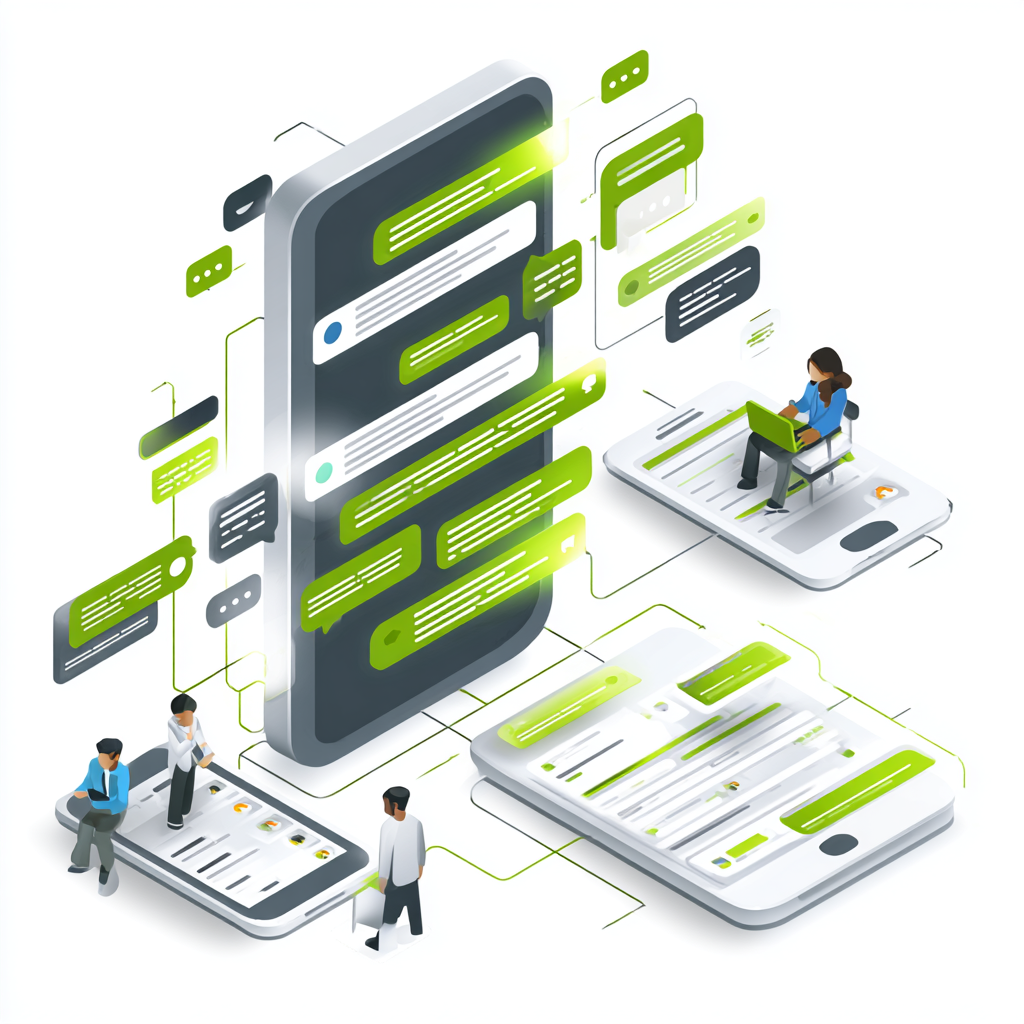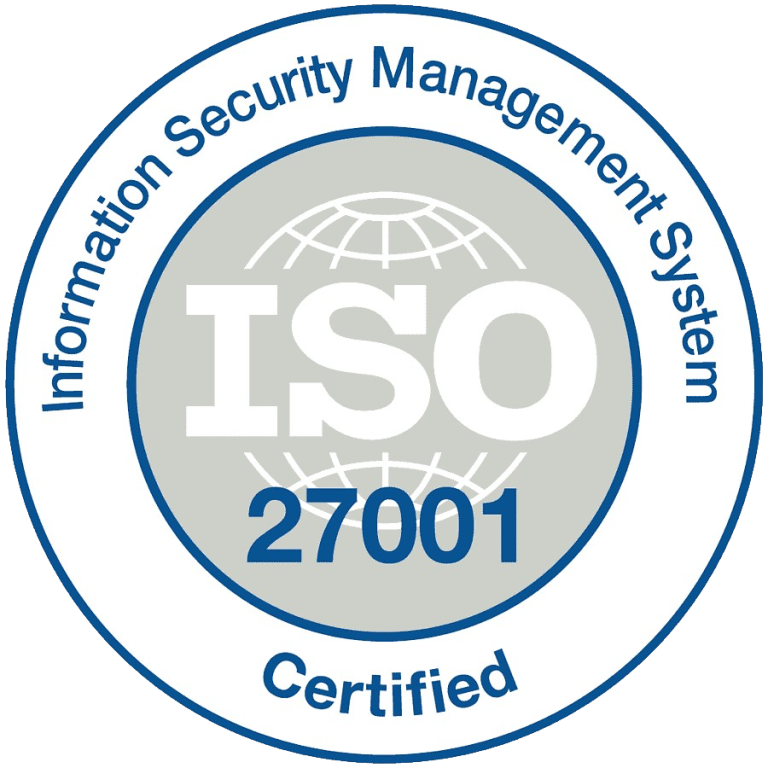Delivering a seamless and memorable customer experience requires more than offering quality products or services. It involves creating meaningful interactions that build trust and foster long-term loyalty. Experts have developed several conceptual models to guide businesses in enhancing these relationships, with Gartner’s Customer Experience Pyramid standing out for its practical and actionable approach. This article will explore each level in detail and discuss how effective communication strategies can support your business at every stage, ultimately boosting satisfaction and loyalty.
What is the customer experience pyramid?
The customer experience pyramid is a framework designed to help businesses understand how to nurture customer relationships over time. It maps the progression from initial contact to long-lasting loyalty by illustrating customer engagement and trust levels. This model guides organizations in building meaningful interactions, encouraging customers to stay connected and committed.
Types of customer experience pyramids and why Gartner’s Model?
Several models are designed to help businesses understand and improve customer experience, with Gartner’s and Forrester’s pyramids being two of the most widely recognized. Each framework offers a unique perspective on customer engagement and loyalty, providing valuable guidance for organizations. Forrester’s pyramid focuses more on the emotional connection and customer mindset, highlighting how feelings influence loyalty. In contrast, Gartner’s model emphasizes practical steps that businesses can take, making it especially useful for companies looking to implement clear strategies that directly impact customer interactions. Gartner’s customer experience pyramid breaks down the customer journey into five levels:
- Communication
- Responsive
- Commitment
- Proactive, and
- Evolution.
The five levels of the customer experience pyramid
The five (5) levels of the customer experience pyramid include:
- Communication: Communication is the foundation. Customers expect timely information about products, services, orders, or changes. This includes confirmations, updates, and basic support. When communication breaks down, confusion and frustration escalate, eroding trust. Clear communication fosters credibility and establishes channels for open dialogue, encouraging customers to remain engaged.
- Responsive: Being responsive means actively listening and quickly answering customer inquiries. Broadcasting information is not enough; customers want their concerns addressed promptly and effectively. Fast, accurate responses reduce anxiety and prevent issues from escalating. Responsiveness shows respect for customers’ time and fosters positive relationships.
- Commitment: Commitment means consistently delivering on promises. Customers need to trust that your business consistently meets their expectations. This includes fulfilling orders on schedule, maintaining quality, honoring guarantees, and providing personalized service. Consistency strengthens trust and encourages repeat business.
- Proactive: Proactive service anticipates customer needs before they arise. It involves sending reminders, sharing helpful tips, or suggesting relevant products. This stage distinguishes outstanding brands from average ones by demonstrating care and foresight, making customers’ lives easier.
- Evolution: Evolution is an ongoing process of improvement based on feedback and market trends. It involves analyzing customer data, listening to customer opinions, and adapting strategies accordingly. This ensures customer experience remains relevant, fresh, and aligned with changing expectations, fostering lasting loyalty.
How to apply the customer experience pyramid to your business
Applying the Customer Experience Pyramid effectively requires a clear strategy at each level of the pyramid. Here’s how businesses can approach it:
- Keep customers informed: Start by establishing clear and consistent communication channels. Send timely updates about orders, services, or any changes that affect the customer. Use automated notifications where possible to ensure messages are delivered promptly and reliably. Transparent communication builds trust and reduces confusion.
- Enable fast feedback loops: Make it easy for customers to reach out and receive quick responses. Centralize incoming queries and utilize auto-replies to acknowledge messages promptly. Offer simple interactive options like menus or FAQs to provide fast access to information. Timely responses improve satisfaction and prevent frustration.
- Show up consistently: Demonstrate reliability by consistently following up with customers. Send reminders for appointments, payments, or renewals on schedule to ensure timely follow-up. Consistent engagement shows customers that their needs matter and helps keep your brand in their minds.
- Anticipate customer needs: Move beyond reactive service by anticipating what customers might need next. Use customer data to plan campaigns and send timely reminders for refills, maintenance, or special offers. Proactive outreach enhances convenience and deepens the customer relationship.
- Use to adapt: Collect feedback regularly through surveys, direct messages, or social listening. Analyze engagement metrics to understand what works and what doesn’t. Use these insights to continually refine your customer experience, ensuring it evolves in line with changing needs and expectations.
The role of technology in enhancing customer experience
Technology is vital in helping businesses improve every level of the Customer Experience Pyramid. It streamlines communication, speeds up response times, and provides data insights that enable companies to anticipate and effectively meet customer needs.
1. Technology enables clear and timely communication
Clear communication is the foundation of a great customer experience. Automated messaging tools enable businesses to send timely updates and personalized information, thereby reducing misunderstandings and keeping customers informed. This builds trust and improves satisfaction. Arkesel offers automated SMS and voice messaging solutions that help businesses maintain consistent customer communication, ensuring messages are delivered promptly and clearly.
2. Speeding up responsiveness through automation
Customers expect fast responses when they reach out for help. Technologies like chatbots and automated support systems enable businesses to respond quickly and efficiently, thereby minimizing wait times and preventing customer frustration. Using Arkesel’s multi-channel messaging and automation features, businesses can enhance responsiveness by sending instant notifications and addressing customer queries more efficiently.
3. Supporting commitment with data-driven insights
Commitment is shown through consistent service and personalized experiences. CRM systems and data analytics enable businesses to track customer history and preferences, allowing for tailored communication and reliable follow-through on promises. Arkesel’s integration capabilities enable businesses to collect and analyze customer data, making it easier to stay committed by personalizing interactions and delivering what customers expect.
4. Enhancing proactivity with predictive analytics
Proactive service involves anticipating customer needs before they arise. Predictive analytics tools analyze customer behavior patterns to identify timely engagement opportunities, prevent problems, and deliver personalized solutions that surprise and delight customers. With Arkesel’s analytics tools, companies can gain insights into customer trends and send proactive messages that improve satisfaction and loyalty.
5. Driving evolution through continuous feedback
To evolve, businesses must listen to customer feedback and adjust accordingly. Online surveys, social listening, and data monitoring provide valuable insights that guide improvements in products and services. Arkesel provides tools to gather customer feedback through surveys and track sentiment, enabling businesses to adapt and innovate their customer experience over time.
Why the customer experience pyramid is key to business growth
The Customer Experience Pyramid offers businesses a practical roadmap to deepen customer relationships and foster loyalty. Companies can create meaningful, lasting connections by systematically advancing through each stage, from clear, timely communication to continually evolving based on customer feedback. This approach enhances customer satisfaction and lays the groundwork for sustainable growth. Applying this framework helps businesses stand out in competitive markets by delivering consistent and proactive service that meets evolving customer needs. Mastering the pyramid empowers organizations to build trust and loyalty, turning one-time buyers into repeat customers and brand advocates. With a focused strategy, the pyramid becomes a powerful tool for driving long-term success.





